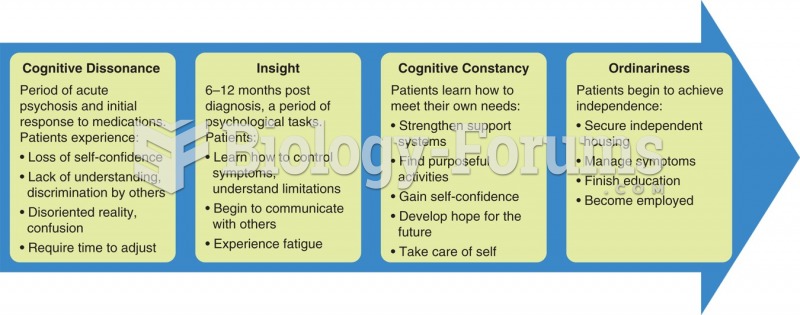|
|
|
The U.S. Preventive Services Task Force recommends that all women age 65 years of age or older should be screened with bone densitometry.
The immune system needs 9.5 hours of sleep in total darkness to recharge completely.
The most dangerous mercury compound, dimethyl mercury, is so toxic that even a few microliters spilled on the skin can cause death. Mercury has been shown to accumulate in higher amounts in the following types of fish than other types: swordfish, shark, mackerel, tilefish, crab, and tuna.
Common abbreviations that cause medication errors include U (unit), mg (milligram), QD (every day), SC (subcutaneous), TIW (three times per week), D/C (discharge or discontinue), HS (at bedtime or "hours of sleep"), cc (cubic centimeters), and AU (each ear).
Ether was used widely for surgeries but became less popular because of its flammability and its tendency to cause vomiting. In England, it was quickly replaced by chloroform, but this agent caused many deaths and lost popularity.
 The Milestones of Adjustment Post-Psychosis model outlines a four-phase trajectory from a psychotic ...
The Milestones of Adjustment Post-Psychosis model outlines a four-phase trajectory from a psychotic ...
 Since 1991, General Motors engines have been equipped with slightly (1/8 inch or 3 mm) longer spark ...
Since 1991, General Motors engines have been equipped with slightly (1/8 inch or 3 mm) longer spark ...





